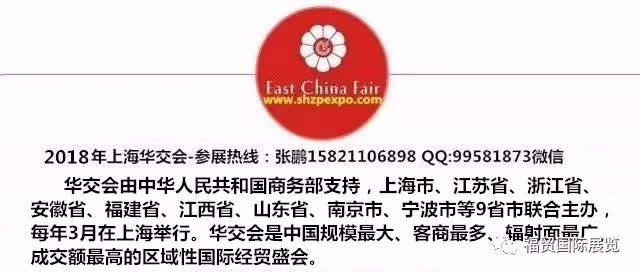華交會foreign trade factories turn to cross-border e-commerce14
In the past, foreign trade factories could only tap in overseas market via traditional overseas channels, making their profits from being an original equipment manufacturer. But, nowadays with the development of the B2C model of cross-border e-commerce, many traditional enterprises can focus on using the power of intelligent production to realize the importance of transforming traditional foreign trade. Under this circumstance, traditional foreign trade factories want to pave the way for their future development via transformation and upgrading. They build their own brands via cross-border e-commerce platforms and control retailing channels, which are perfect opportunities for factories to control costs and develop products.
The Meridian Company is an e-commerce firm specializing in garment exports. Its annual revenue has reached 30 million yuan ($4.6 million) after running for just over a year. Its general manager Zheng Hui used to work at a traditional foreign trade company. Zheng said, “Traditional factories have already realized that they get less and less big orders, and if they don’t adapt to the production model of e-commerce products, the will be replaced easily.” However, the weakness of factory transformation is that they are short of marketing professionals and they cannot change their mind to a right point immediately. The transformation from big orders to fragmented small orders requires the adjustment of production processes, which may also causes alteration of workers and the occurrence of idle resources. Meanwhile, inexperienced companies in cross-border e-commerce may not reach their expectation soon. Once a sales target is beyond reach, a great amount of funds used for stock up may be locked away. Companies wanting to transform to cross-border e-commerce have to make preparations for those situations.
So, what should the factories do to shift to cross-border e-commerce business quickly?
Some insiders point out that future business forms will require direct contact between manufacturers and consumers and suppliers, helping manufacturers quickly know the targets’ needs and develop relevant products. In this way, the entire procedures will be simplified better with cheaper services provided. No matter using the B2B or B2C model, the factories will grow better only if they choose the right way. But in the meantime, opportunities exist alongside risks. Currently, the major risk traditional manufacturers encounter while they transform is people’s rashness and fickleness. Many people are anxious for quick success without thinking carefully about the overall layout and laying a solid foundation. The most important thing that factory leaders need to do is to optimize, create and advance the cross-border e-commerce value chain so as to expand effectively in the overseas market.
All in all, it is necessary for factories to seek transformation and further development. Once determined to transform to cross-border e-commerce, the factories are sure to take efficient actions, using advantages of their products to develop faster in the new situation of cross-border e-commerce: clients having higher demands and focusing more on product quality. In this way, they can not only catch up forthwith and also overtake their predecessors. It is believed that more traditional factories will join the team of cross-border e-commerce.
|


